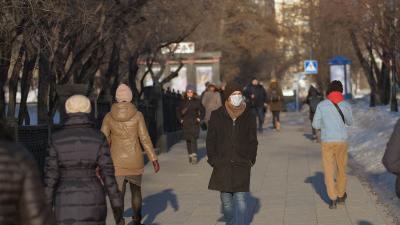
Improving household preparedness in multi-hazard contexts
Dr. Joel Gill and Dr. Faith Taylor discuss how World Risk Poll data will be used to understand contributing factors to existing high levels of household preparedness in the face of natural hazards.







